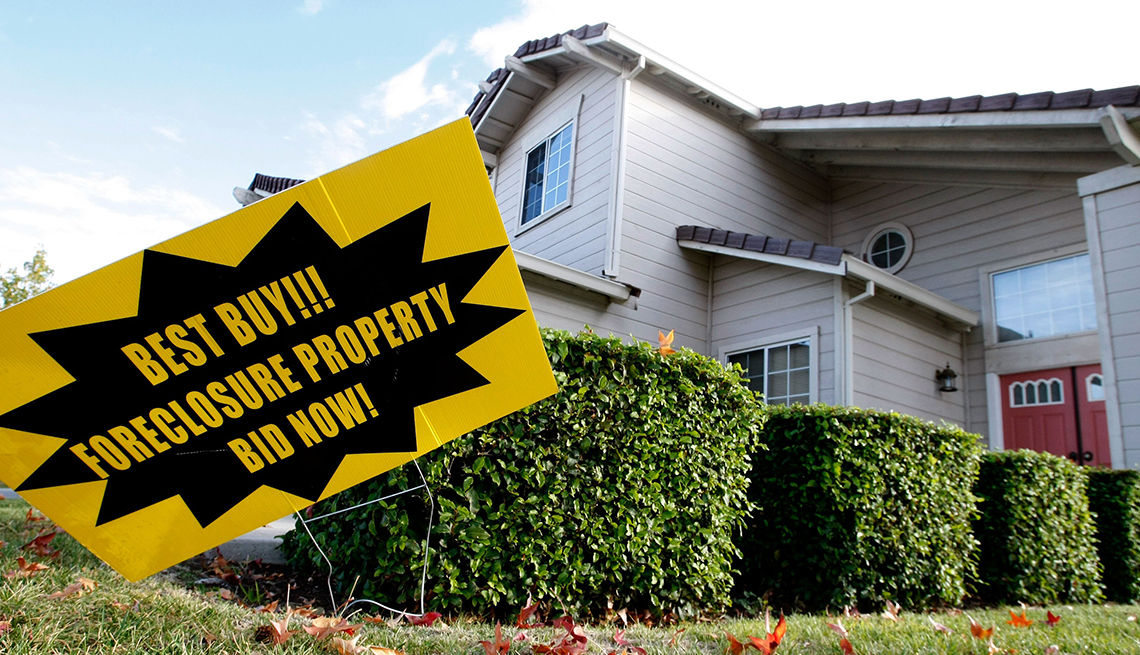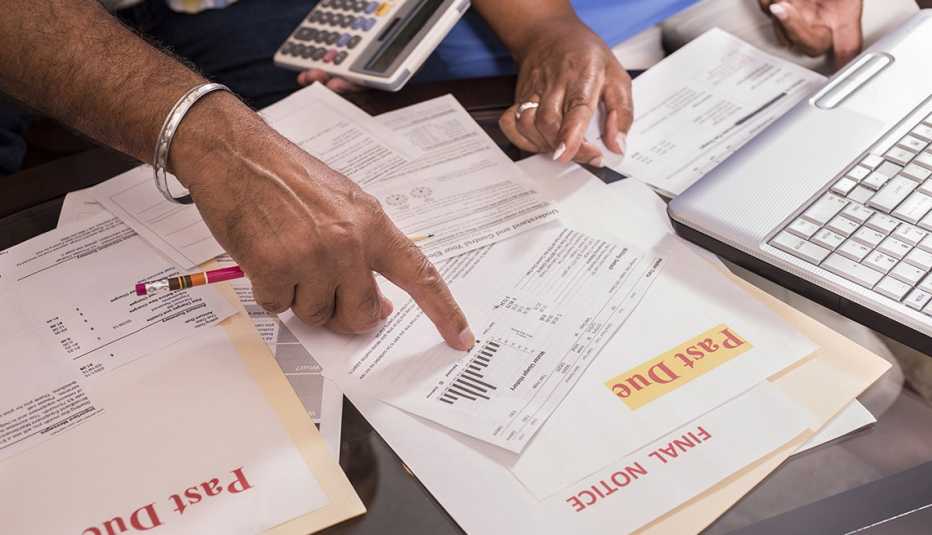Staying Fit
The pandemic continues to wreak havoc among homeowners and renters 55 and older, threatening some with foreclosure or eviction, according to recent U.S. Census Bureau data. Others reported having to cut back on necessities, such as food and medicine, to stay in their homes.


AARP Membership— $12 for your first year when you sign up for Automatic Renewal
Get instant access to members-only products and hundreds of discounts, a free second membership, and a subscription to AARP the Magazine.
The data
The Census Bureau’s biweekly Household Pulse Survey shows how households are faring during the pandemic on a near real-time basis. For the most recent survey, which covers Sept. 1 through Sept. 13, the Census Bureau estimated that about 1.7 million homeowners aged 55 or older were behind on their mortgage payments. About 277,000 of those 55 or older viewed foreclosure as somewhat likely or very likely.
Of the 6.4 million homeowners of all ages behind on payments, about 1.1 million — 17 percent — were ages 55 to 64. Kim Blanton, author of the Squared Away Blog at the Center for Retirement Research at Boston College, notes that people in that age bracket don’t have Social Security benefits to fall back on. “If they lose their job, they don’t have steady income,” Blanton says.
Older homeowners aren’t the only ones facing the loss of their home: An additional 188,700 adults 55 and older are behind on their rent payments and face eviction. In August, the Supreme Court struck down the eviction moratorium declared in September 2020 by the Centers for Disease Control and Prevention (CDC).



































































